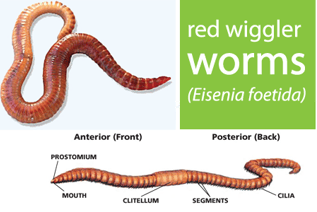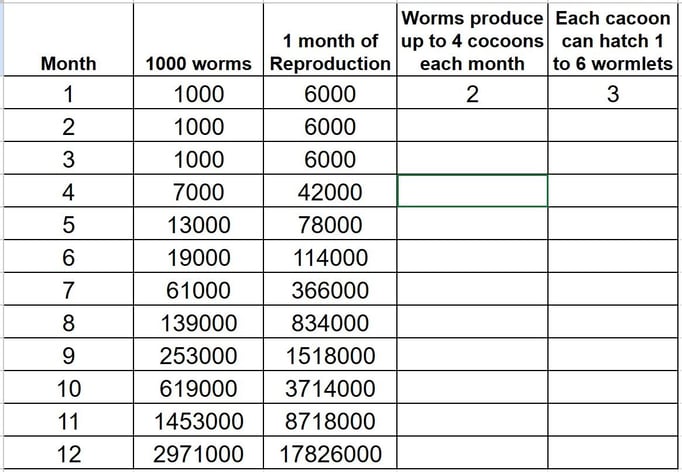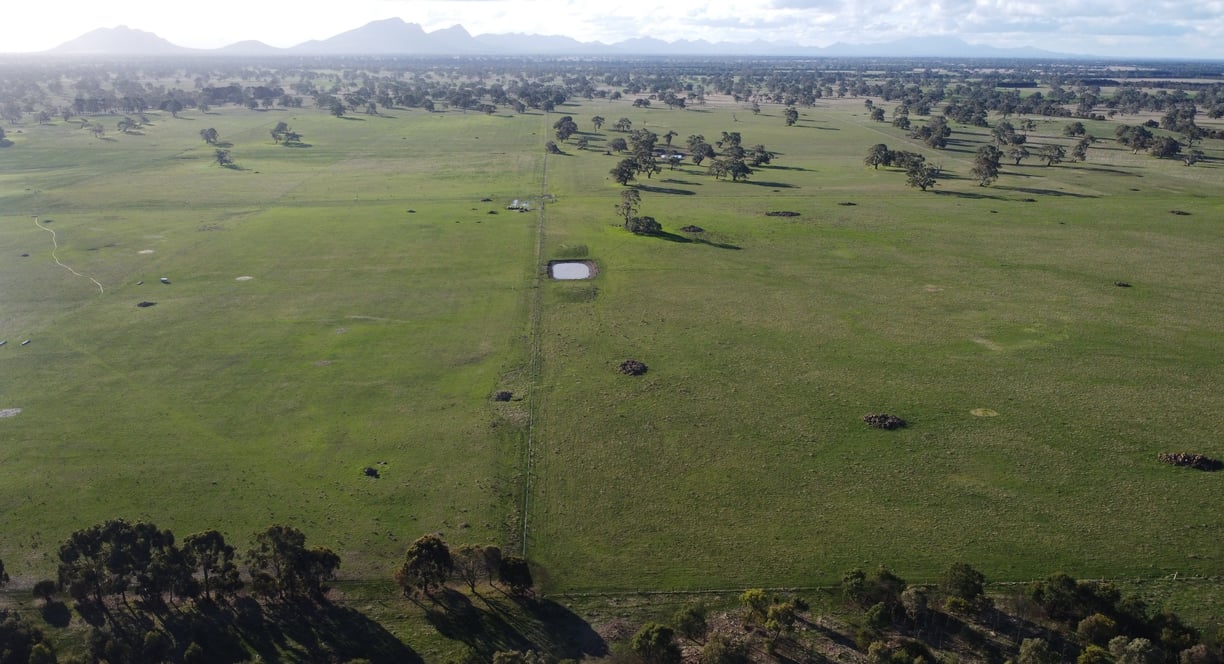Live Composting Worms
Worm Reproduction
Worm Reproduction:
How they expand their populations.
Worms are hermaphrodites meaning they have both male and female reproductive organs, located just in front of the Clitellum. When mating the worms intertwine around the Clitellum, secreting mucus to allow the sperm to pass between them. The Clitellum is then shredded from the worm, creating the cocoons, that in time harder to protect the young.
Assuming optimal breeding conditions, a worm breeding cycle takes a month, during which a pair of worms could produce up to four cocoons.
We are going to use 2 cocoons for our example below (see table)
Each cocoon contains an average of 3 wormlets but can be more
than five in some cases. These wormlets take 21 days to hatch.
We will use 3 wormlets in our example below (see table)
It takes three to four months for a red wiggler to mature and start
there own reproduction cycles, therefor there is a slight time delay at the beginning of your
worm farm. This is shown below in the table.




Worm Population Growth:
Beginning with 1000 worms.
W o w !
If we continue this calculation, we'll eventually reach some truly astronomical numbers.
However, it's important to note that this is purely a hypothetical scenario and not a realistic one.
As worms only breed to fill their habitat,
they will continue to multiply and provide a sustainable source of soil health and waste processing for you for years.
This is great news for the environment, as more people having worm farms means less material going to landfills and healthier soil.
It's a win-win situation for everyone involved, from the worms to the planet.
So how many worms should you start with?
At Willvercity, we suggest starting with 1,000 mature worms and leaving them to grow and shrink their population as needed.
Picture link: https://fairwarepromo.wordpress.com/wp-content/uploads/2010/08/red-wigglers.png and captain matt's worms


